
But what about hybrids? What? That’s not how you thought this was going to start? Well, I know you guys. I can already hear you grumbling about hybrids. We’ll get to that. Patience, grasshopper.
In the meantime, yes, you can grow pepper plants that produce lovely peppers using seeds from a store-bought pepper.
Saved By the Bell…Pepper
Get it?
Okay, it was a poblano, but you can’t make a good pun with poblano.
You see, I love poblanos. I grow them every year. When my plants start cranking out peppers like crazy, I pick a whole bunch and chop them up with onions. I sauté big batches of onions and poblanos together for a few minutes, then freeze them in ½ cup pucks in the freezer. Once they’re frozen solid, they get put into ziptop bags and vacuum sealed.
Bam.
Peppers and onions, ready to go whenever I want them.
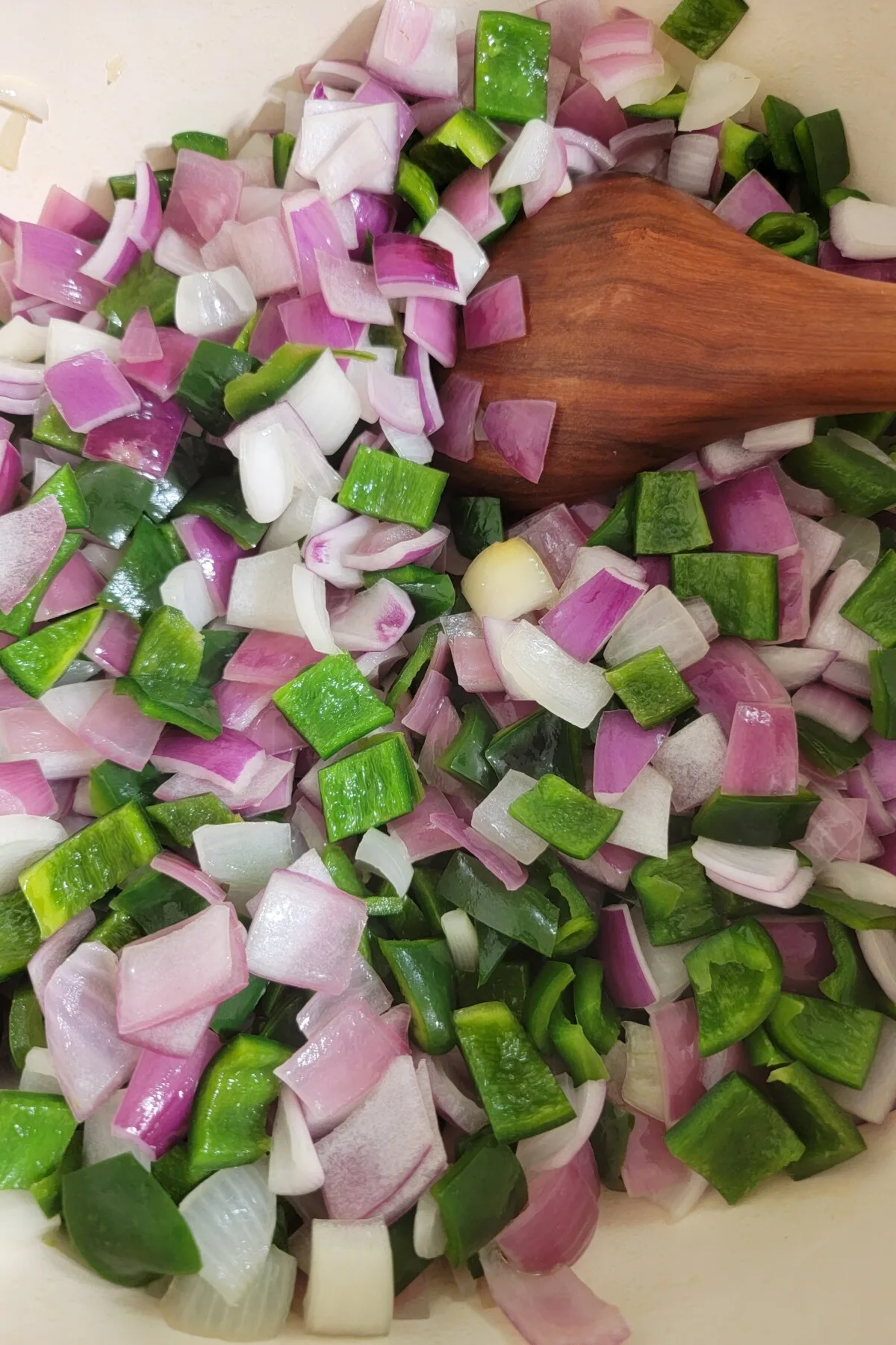
Except last year, when it was time to start my seedlings, I noticed I was out of poblano seeds. I scoured every local source for poblano pepper seeds. No one had poblanos. I mean, come on, folks, it’s not like I’m looking for Scotch Bonnets in among the Burpee packets, just humble ol’ poblanos.
Anywho.
I knew ordering seeds would likely mean they would get here too late to start in time, so in desperation, I bought a poblano pepper at the store, planted the seeds from it and hoped for the best.
And it worked.
I didn’t have to spend a season poblano-less.
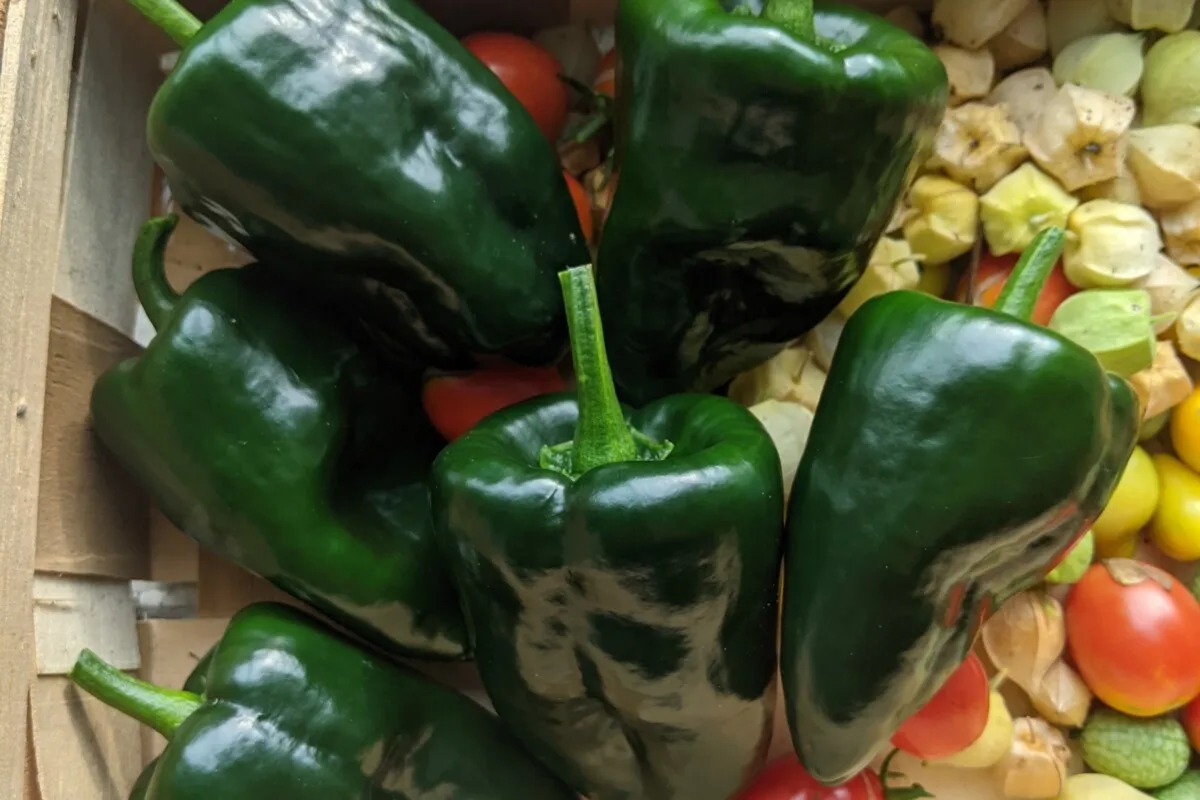
A quick internet search will reveal I’m not the only person who made this discovery about peppers. In fact, you can even do it with tomatoes, although your results will vary more than with peppers. It works with all of your grocery store peppers, too, not just poblanos.
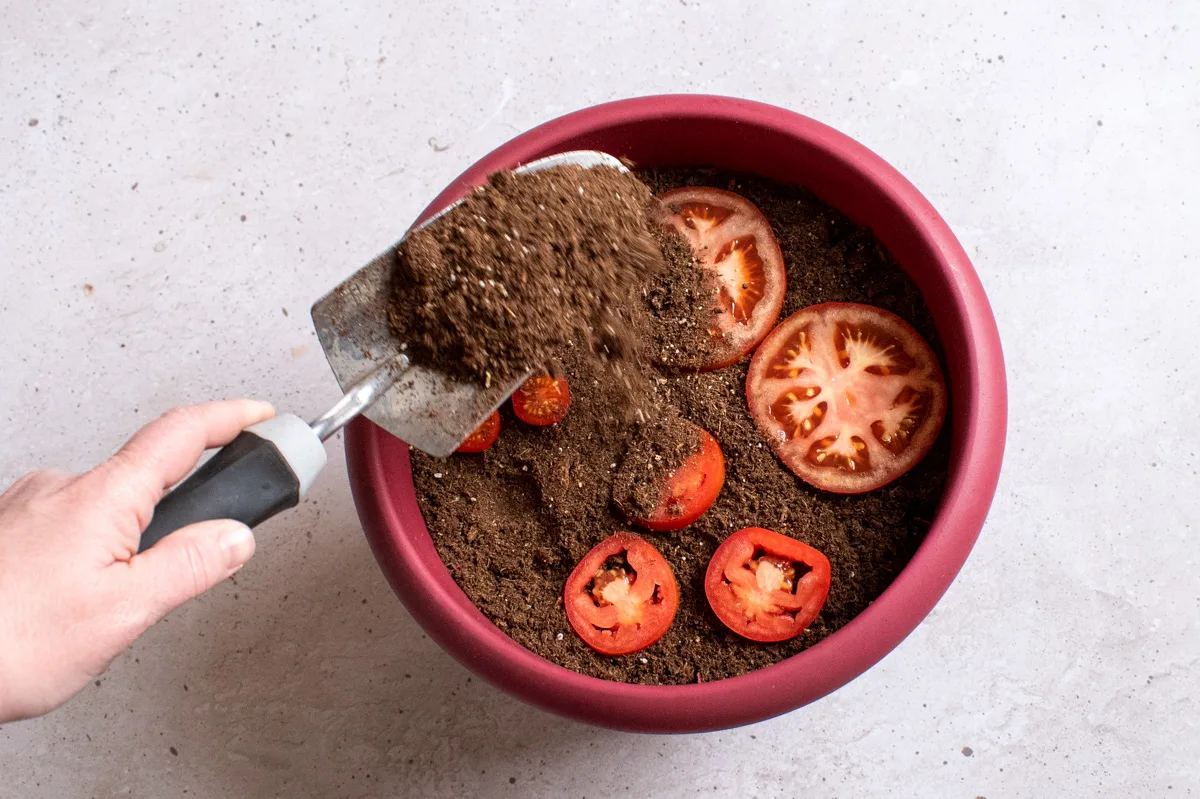
Are you ready to learn how to grow peppers using seeds from a store-bought pepper? Good, ‘cause I’m gonna show you.
The Process
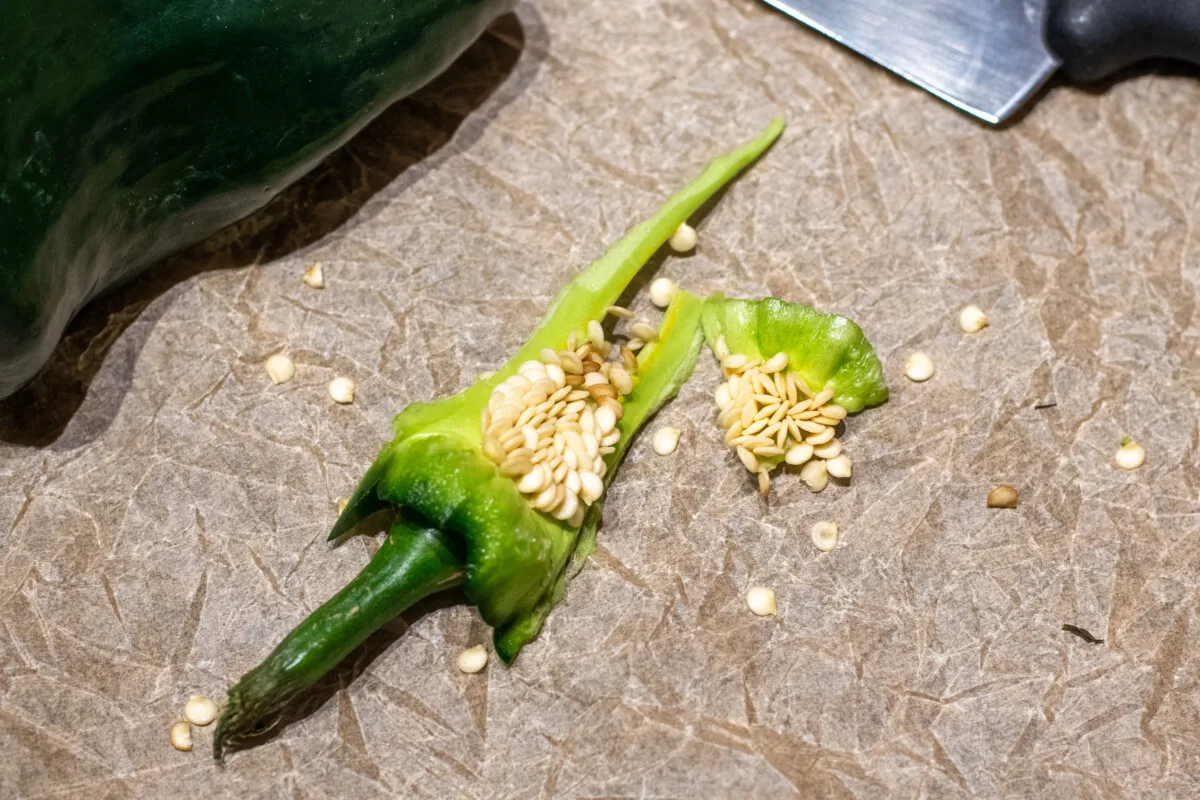
- Buy a pepper at the grocery store.
- (What? I’m just making sure we’re on the same page here. You know someone out there is going to forget this step.)
- Use the pepper to make stir-fry for dinner tonight. Cut the pepper, being careful not to get pepper seeds all over your countertop and fail miserably.
- Collect a few of the pepper seeds that ended up all over your countertop. (Don’t use any that are cut.)
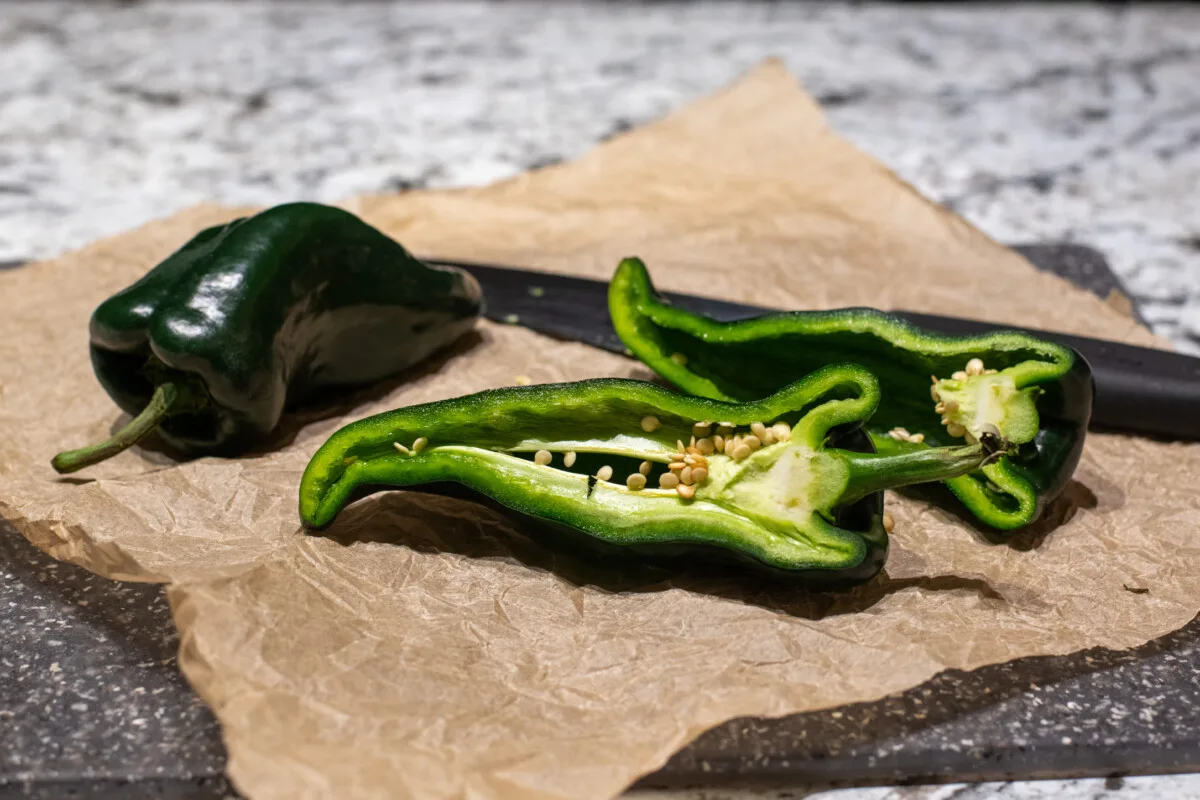
- Grab those three that are stuck to your knife, too.
- Oh, and grab that one that fell on the floor, too. Otherwise, it’s going to get stuck to your sock and drive you nuts later.
- Place the pepper seeds on a paper towel to dry for a day or two someplace warm.
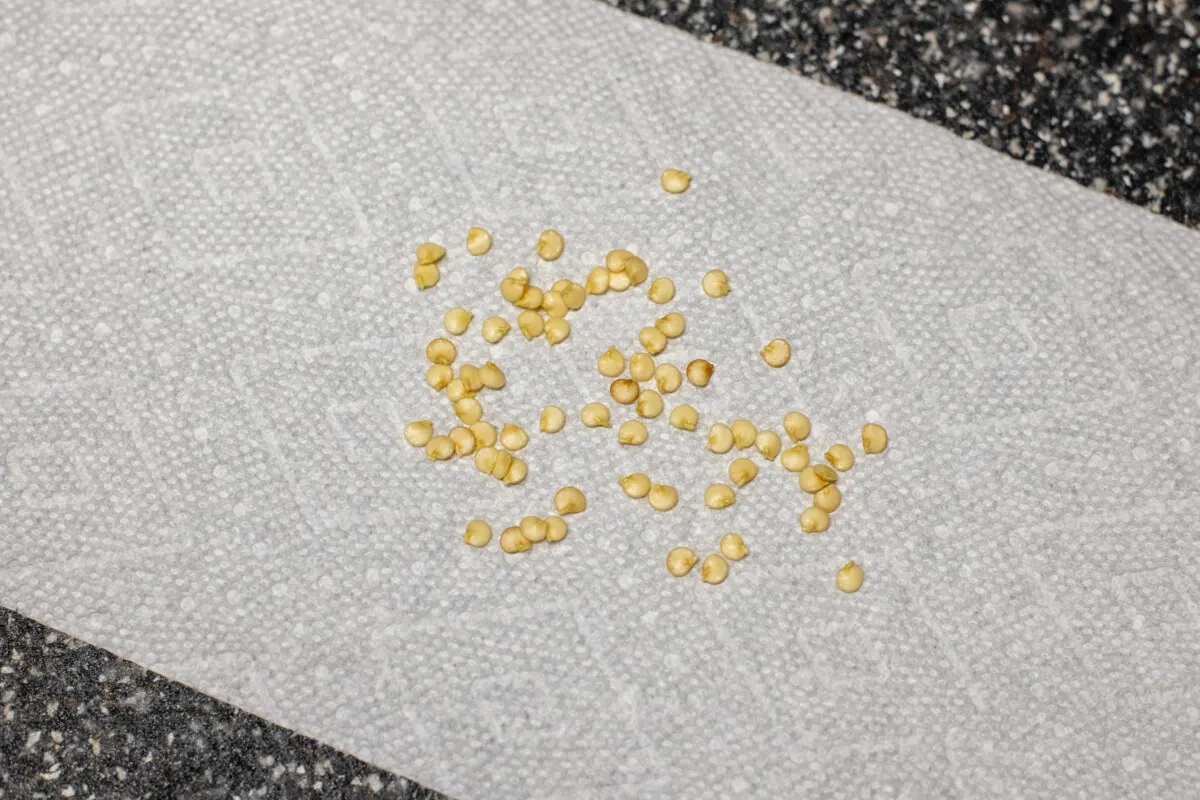
And now we plant!
Because we’re not using seeds that were collected and stored to ensure good germination rates, it’s better to err on the side of caution and plant more than you need. Three or four seeds per container seem to work well.
Use a lightweight seed-starting mix to sow your seeds in. Make sure you premoisten it.
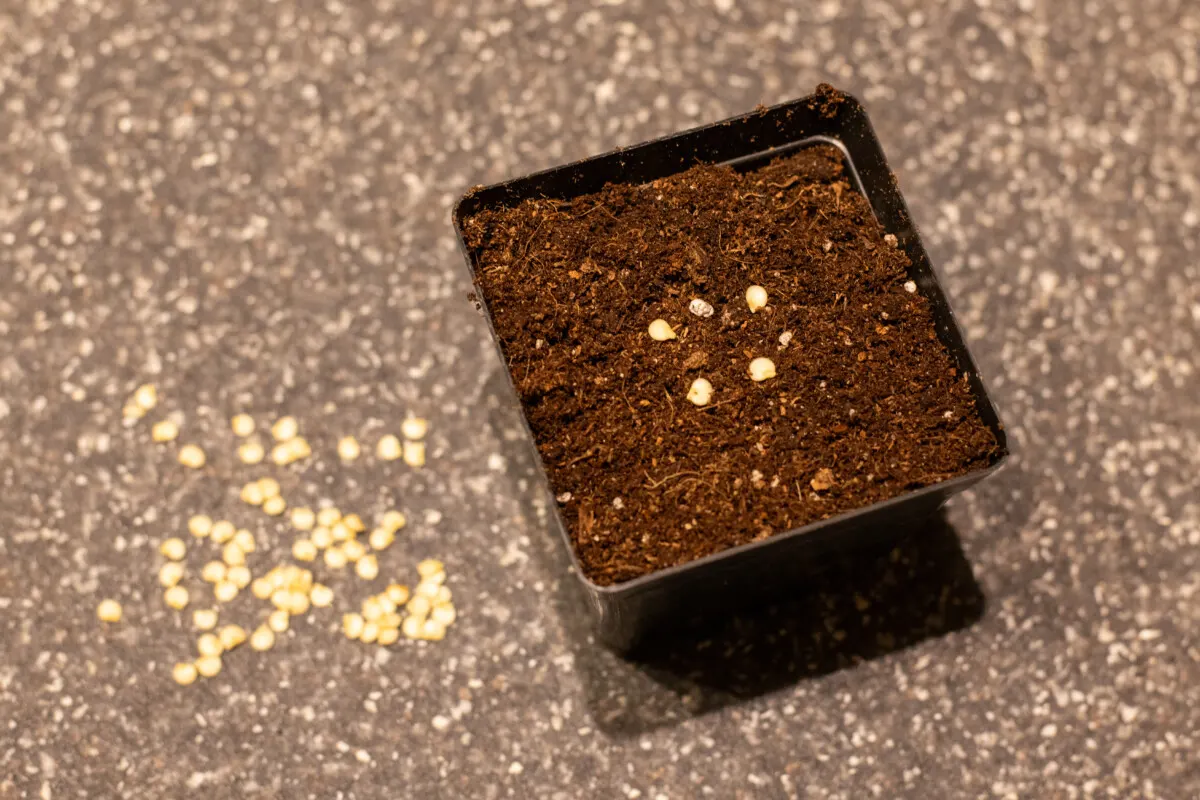
Pepper seeds get planted at a depth of 1/8”, then cover them with soil and press the soil down gently. Afterward, I like to mist the soil with a fine mist sprayer. Watering with a watering can usually sends the seeds swimming around in a pool of water.
Keep your seeds covered and someplace warm. (I use a mini-greenhouse when starting my seeds.)
Now, keep in mind that peppers can be a pain to germinate. They need very warm soil and a little patience. Peppers will germinate best in soil that’s between 75-85 degrees. (If you’re growing hot peppers, they like soil on the warmer end of that range.)
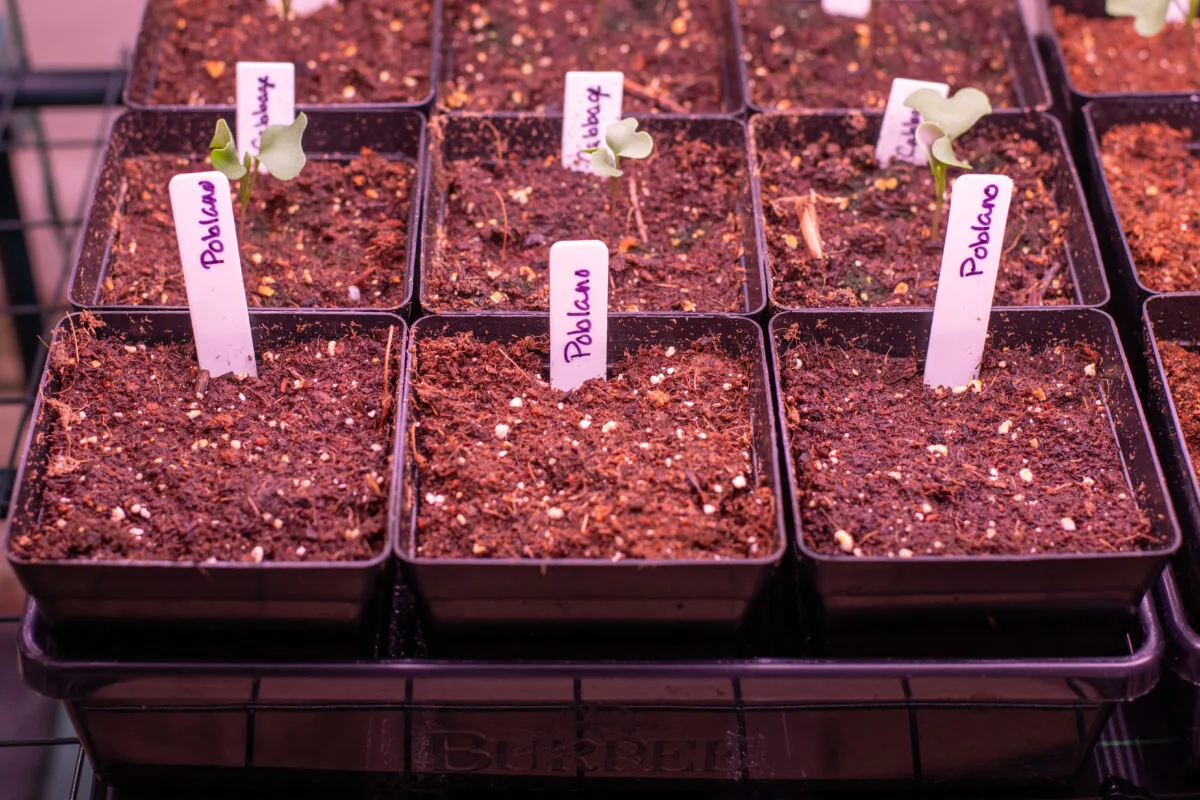
I prefer to use a seedling mat to germinate pepper seeds. (This one, in fact.) But if you don’t have a seedling mat, put your peppers in the warmest part of your house until they germinate.
Be patient; it can take up to two weeks for peppers to germinate, and hot peppers can sometimes take longer.
Once you see wee seedlings popping up out of the soil, uncover them and provide them with plenty of light. While grow lights certainly help, they aren’t always necessary. Turn your plants every couple of days to prevent them from leaning. As long as the seedlings aren’t leggy or stretched-looking, they’re getting enough light.
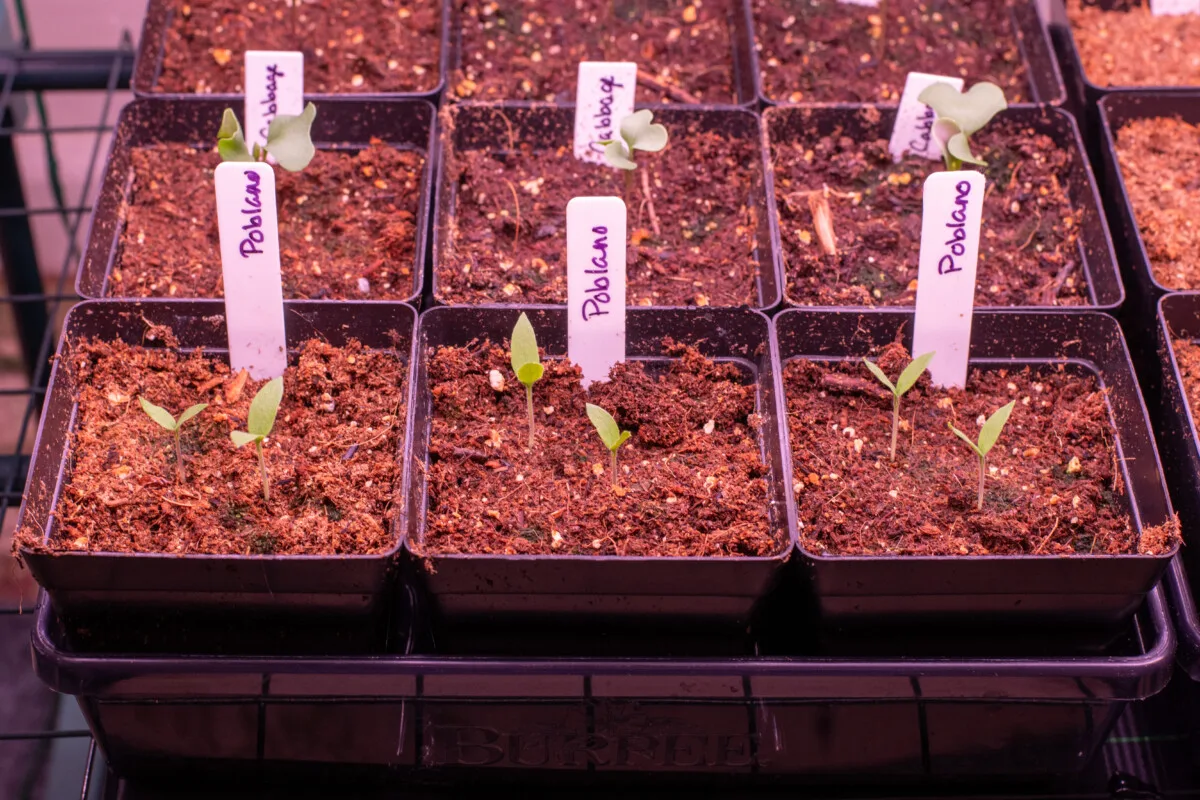
Once the seeds start developing true leaves, you can thin them out and prick out any extra seedlings.
- Continue to water them as necessary, ensuring the seed-starting mix stays slightly moist.
- To encourage nice thick stems, you might want to consider setting up a fan near your seedlings.
- Pot up your pepper seedlings as necessary and plant them outside after all danger of frost has passed.
- To get nice bushy plants, pinch back the first set of flowers.
Of course, if you want to grow a bumper crop of peppers from a store-bought pepper, Cheryl will let you in on her secrets.
And that’s that, my friends.
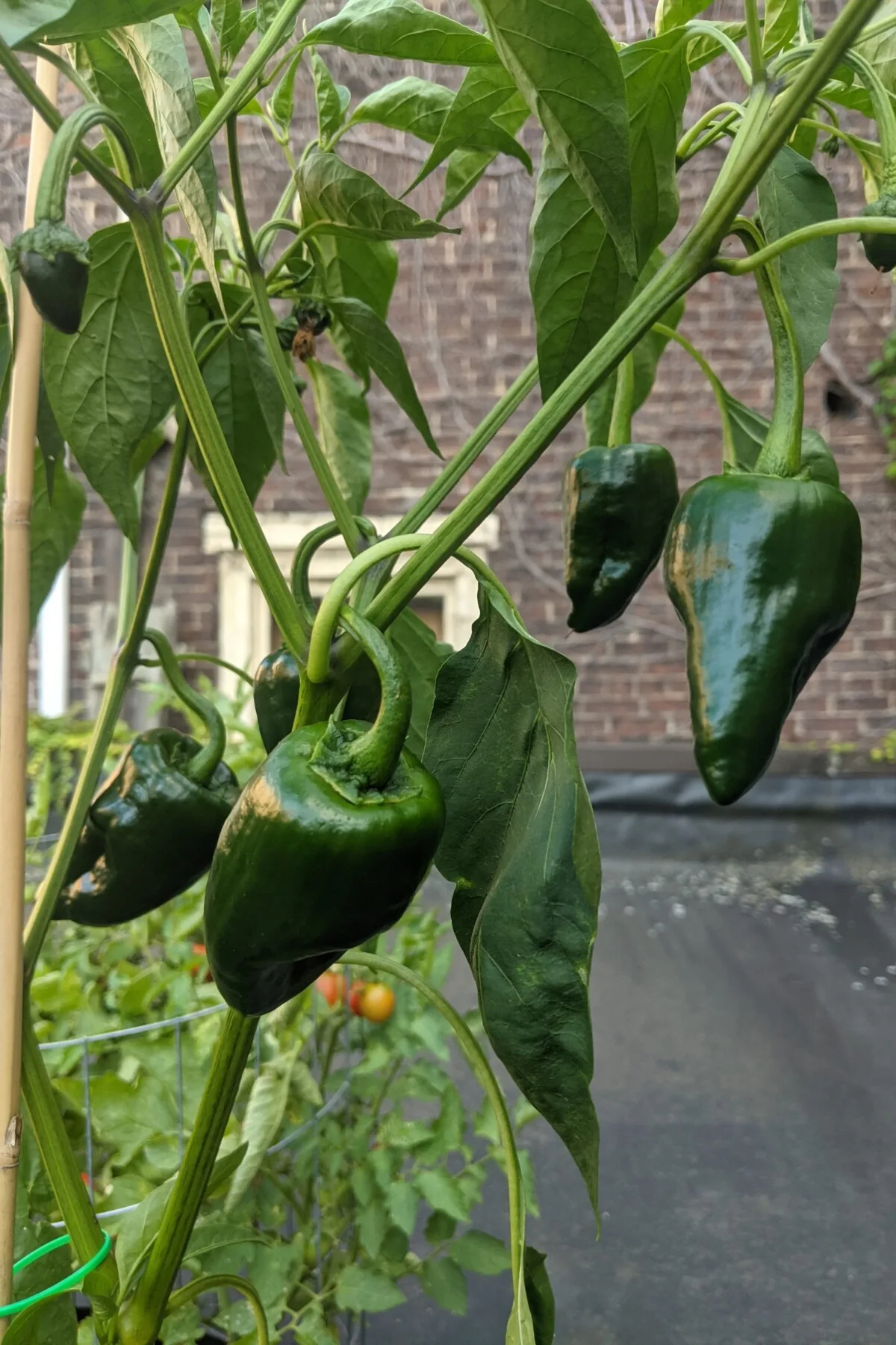
But What About Hybrids?
Okay, now we can talk about hybrids.
Hybrids generally don’t breed true beyond the seeds in your seed packet. Of course, that doesn’t mean that the very next year, you’ll have some grotesque monstrosity that looks nothing like what you grew the previous year.
Well, unless it’s a squash.
Squash cross-pollinate easily and get really funky, really fast, in subsequent generations. (Which makes them kind of fun to experiment with if you’ve got the extra garden space to plant a Frankenstein squash seed and see what pops up.)
Tomatoes, in particular, come in hundreds of hybrid varieties, which makes doing this with tomatoes a bit less certain. Since you’re buying a nondescript tomato at the grocery store, you have no idea what you’re going to get if you save the seeds and grow them next year.
Ah, but peppers, they’re different.
Today’s pepper strains are pretty stable, especially the ones you get at the grocery store. Most of those are not hybrids.
You also need to keep in mind that the peppers you get at the store are most likely monocrops grown in a vast field with hundreds of the same pepper plants. The likelihood of them cross-pollinating with another pepper is slim. Are they as good a strain as that you could get from Johnny’s or Baker Creek? Who knows. But are they good enough to provide you with a season of peppers in your garden? You bet.
Now that you know how to grow peppers from a store-bought pepper, the next thing you’ll want to tackle is pepper corking.

Get the famous Rural Sprout newsletter delivered to your inbox.
Including Sunday musings from our editor, Tracey, as well as “What’s Up Wednesday” our roundup of what’s in season and new article updates and alerts.

